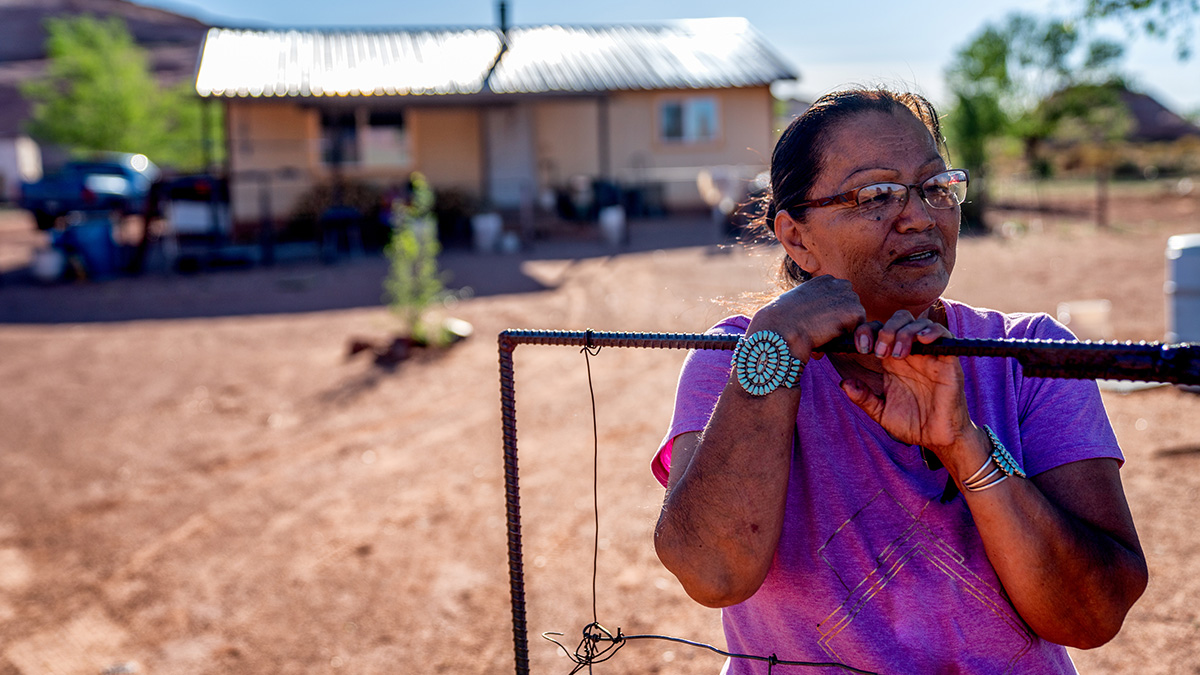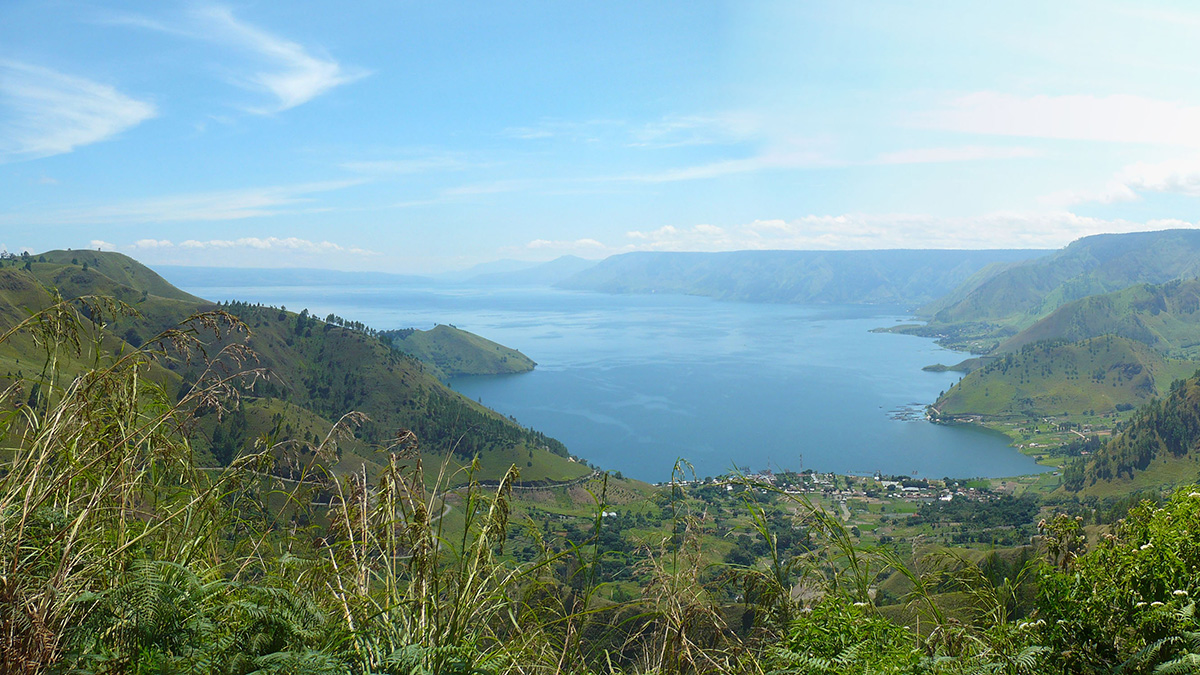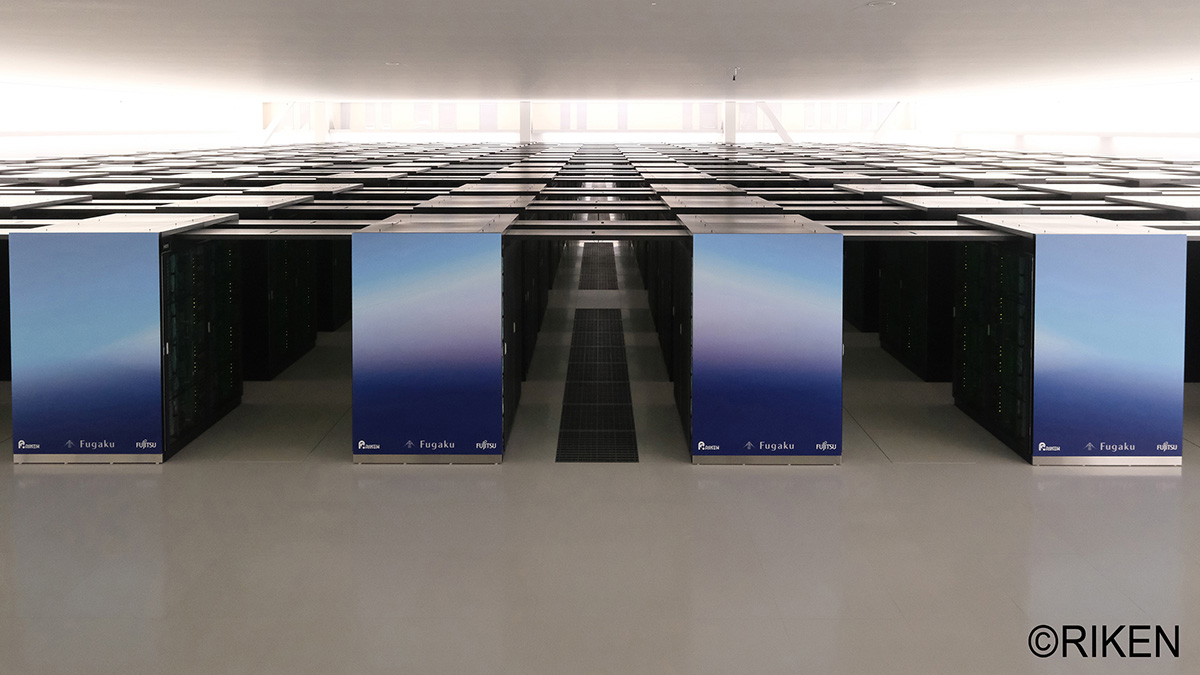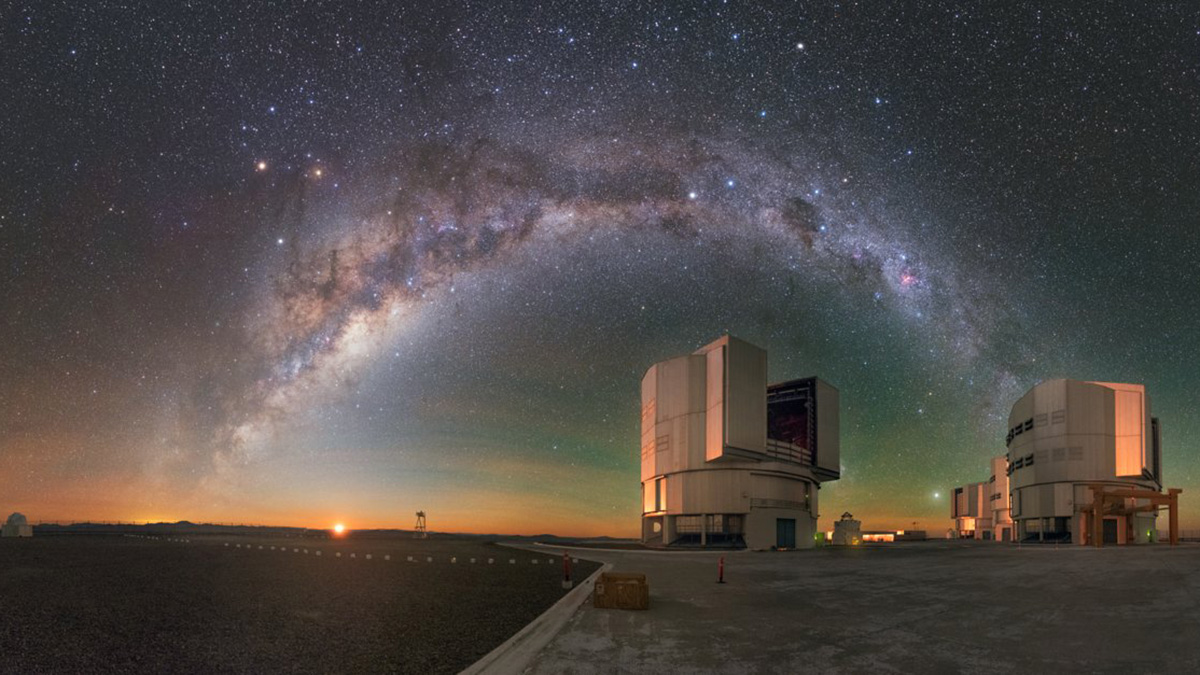A librarian has developed citation templates for oral teachings shared by members of Indigenous communities.
News
La vida después de una super erupción
Una vez que una erupción volcánica masiva termina, el sistema subyacente puede mantenerse activo por miles de años. Una nueva investigación vislumbra cómo funcionan los ciclos de super erupciones.
Accurate Simulation of Sun’s Rotation Might Illuminate Solar Cycle
Scientists have known for 400 years about a particularity in the way the Sun rotates. It took the world’s most powerful supercomputer to accurately simulate it.
Supergreen Trees Can Signal Sites of Eruptions
Tree core chemistry can explain what happened before Mount Etna’s 2002 eruption and suggests that trees could play a role in rebuilding past eruptions.
Five Reasons Geoscience Should Care About Astronomy’s New Road Map
The latest road map to U.S. astronomy’s next decade recommends a smaller space telescope, ground-based facilities, and an institutional effort to create an inclusive and equitable field.
Kelp’s Carbon Sink Potential Could Be Blocked by Coastal Darkening
Coastal darkening, an environmental threat researchers are only beginning to study, is found to dramatically reduce the productivity of kelp.
Forecasting Geohazards in the Age of Gas Hydrate Exploitation
A curious breath-like pattern exhibited by gas hydrates may help forecast hazards associated with extracting them from the seafloor.
¿Cómo saber si has experimentado el calentamiento global?
Contestar esta pregunta puede ayudar a tomadores de decisiones, científicos y comunicadores climáticos a desarrollar estrategias más efectivas para llegar a escépticos y negacionistas.
An Explanation, at Last, for Mysterious “Zen Stones”
Laboratory experiments re-create the thin, icy pedestals that support some rocks in nature, revealing that sublimation plays a key role in the formation of these rare and beautiful structures.
New Tool Crafts Fast, Free Flood Maps for the Global South
A new online program can quickly map the outlines of past floods, allowing data-scarce countries to prepare for future disasters.










